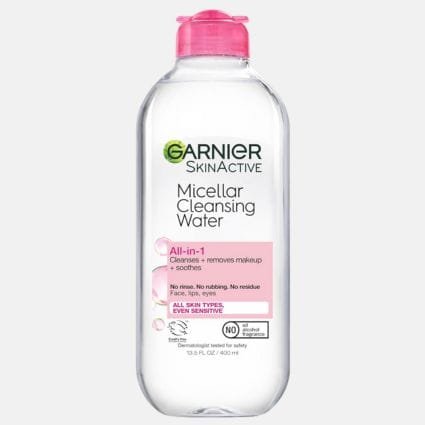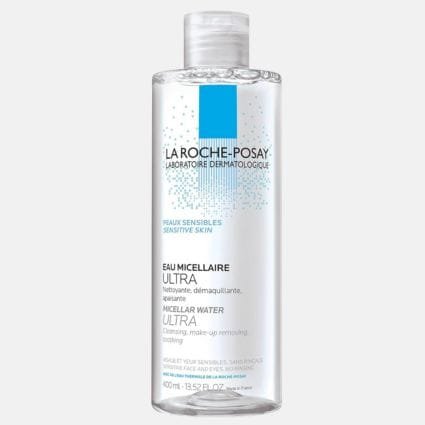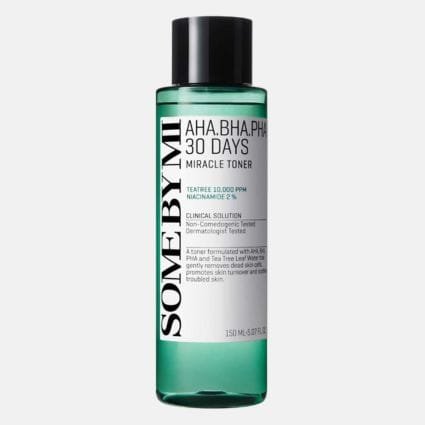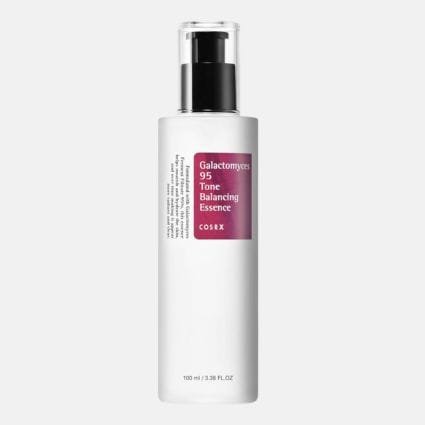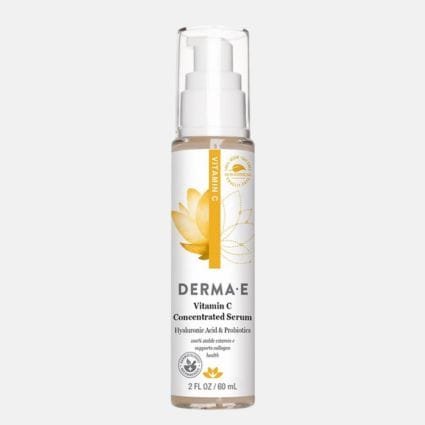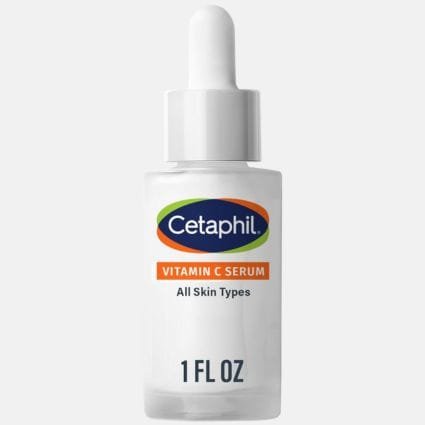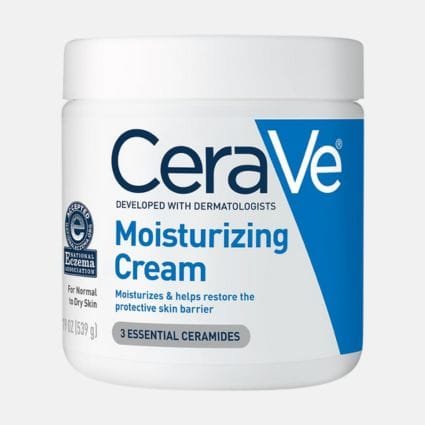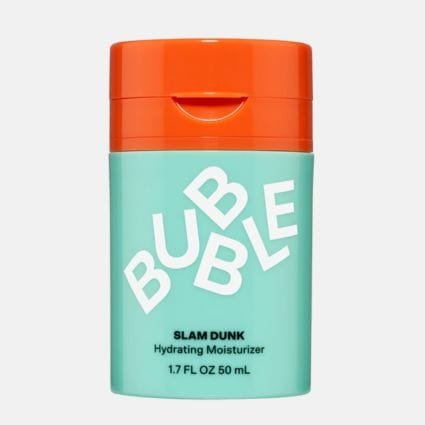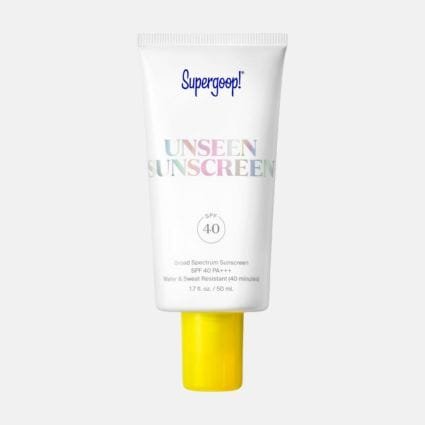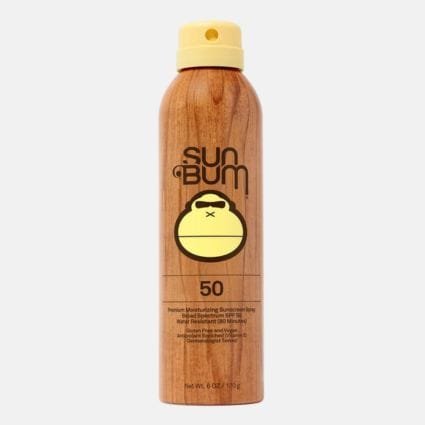Guide to a Perfect Morning Skincare Routine
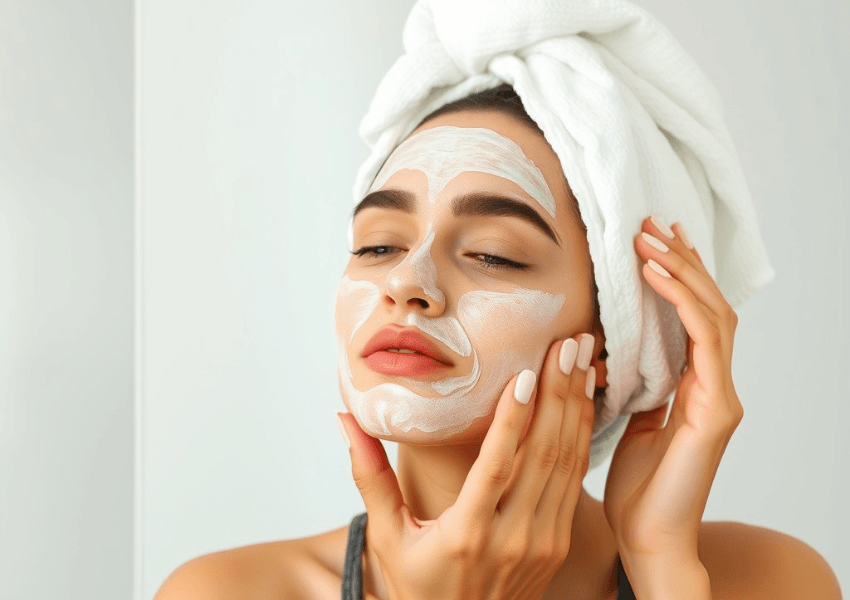
A glowing, healthy complexion isn’t just about genetics—it’s the result of consistent care and smart choices. A morning skincare routine is essential because it protects your skin from environmental stressors like UV rays, pollution, and dirt while prepping it for the day ahead. Think of it as armor for your face—a shield that preserves your skin’s natural beauty and strengthens it over time.
But a skincare routine isn’t one-size-fits-all. The products you choose and how you apply them depend on your skin type, goals, and lifestyle. Whether you’re dealing with dryness, acne, or dullness, or you’re simply striving to maintain your skin’s natural glow, tailoring your morning ritual can make all the difference.
So, we’ll walk through every step of a morning skincare routine, explaining not just what to do, but why each step matters. Along the way, we’ll share tips to personalize your regimen, so you get results without overwhelm.
Why Morning Skincare Routine is Important
When you sleep, your skin regenerates—shedding dead skin cells and repairing damage from the previous day. In the morning, your job is to cleanse and protect. Skipping this routine can leave your skin vulnerable to premature aging, dullness, and irritation. A thoughtful morning routine doesn’t have to be complicated or time-consuming, but it does need to be consistent.
Whether you’re a skincare newbie or a seasoned enthusiast, this step-by-step guide will help you understand not just how to care for your skin, but also why it deserves this attention. Below you’ll see the details of making a morning ritual that works for you—and your skin.
1. Cleanse
When you sleep, your skin regenerates, but it also collects sweat, oils, and dead skin cells. A good cleanse removes this residue without stripping your skin of its natural moisture.
How to Do It Right:
- Splash your face with lukewarm water. Hot water can irritate and dry out your skin.
- Use a cleanser suitable for your skin type.
- Massage gently for 30–60 seconds to ensure you’re cleaning effectively without being harsh.
Pro Tip: A double cleanse isn’t necessary in the morning unless you’re removing heavy overnight treatments like thick moisturizers or oils.
Cleanser Recommendations
2. Toner
Toners might seem like an unnecessary extra step, but they’re actually vital for balancing your skin’s pH after cleansing and preparing it for better absorption of the next products.
What to Use:
- Hydrating toners with ingredients like hyaluronic acid for dry or normal skin.
- Pore-refining toners with witch hazel or niacinamide for oily or acne-prone skin.
- Calming toners with chamomile or aloe vera for sensitive skin.
How to Apply:
- Pour a small amount onto a cotton pad or your palms.
- Pat gently onto your face (don’t rub!) to let it absorb fully.
Real Talk: If your skin feels tight after cleansing, a good toner will work wonders in restoring that balance.
Toner Recommendations
3. Vitamin C Serum
If you’re skipping serums in your morning skincare routine, you’re missing out on one of the best ways to keep your skin healthy. Vitamin C acts as a shield against environmental stressors while brightening your complexion.
Why Vitamin C?
It reduces dark spots, boosts collagen, and protects your skin from free radicals caused by UV rays and pollution.
How to Choose:
- Look for serums with L-ascorbic acid, which is the most potent and effective form.
- Ensure the product is in opaque packaging to prevent oxidation (light and air degrade Vitamin C).
How to Use:
- After toning, apply 3–5 drops to your face and neck.
- Let it fully absorb before moving to the next step.
Insider Tip: You might feel a slight tingle when applying Vitamin C, which is normal. But if it burns or causes redness, switch to a milder formula.
Serum Recommendations
4. Moisturizer
Hydration is non-negotiable, no matter your skin type. Think of moisturizer as sealing in the hydration your skin needs to stay plump and healthy all day long.
Choosing the Right Formula:
- Dry skin: Thick, rich creams with ingredients like shea butter or ceramides.
- Oily skin: Lightweight gel moisturizers with hyaluronic acid or aloe.
- Combination skin: Look for non-comedogenic options that won’t clog pores but still hydrate.
How to Apply:
- Scoop a small amount (about the size of a nickel) and warm it in your hands.
- Massage into your skin using upward, gentle motions.
Pro Tip: Don’t forget your neck and jawline—they’re part of your face too!
Moisturizer Recommendations
5. Sunscreen
No matter the season, sunscreen is the most critical step in your morning routine. It protects your skin from UV damage, prevents premature aging, and reduces the risk of skin cancer.
What to Look For:
- Broad-spectrum SPF 30 or higher.
- Lightweight formulas for everyday use.
- Mineral sunscreens with zinc oxide for sensitive skin.
How to Use It:
- Apply a generous amount (about a nickel-sized dollop for your face and neck).
- Pat gently to avoid rubbing off the product.
Key Reminder: Sunscreen should always be the last step in your skincare routine and should be applied at least 15 minutes before going outside.
Sunscreen Recommendations
Why Every Step Matters
When it comes to skincare, every product and step in your routine plays a unique role in maintaining your skin’s health and beauty. Skipping even one can compromise the effectiveness of the entire regimen. Here’s why each step is indispensable and how they work together to keep your skin looking its best:
Cleansing: The Foundation of Skincare
Cleansing is the first and arguably the most crucial step. Overnight, your skin produces oils and accumulates dead skin cells, bacteria, and sweat. Cleansing removes this buildup, creating a clean canvas for other products to penetrate effectively. Without cleansing, dirt and oil can clog pores, leading to breakouts and dullness.
Toning: Restoring Balance and Prepping Skin
Toner bridges the gap between cleansing and moisturizing by balancing your skin’s pH levels. Cleansing can sometimes leave your skin slightly alkaline, which makes it more vulnerable to bacteria and irritation. Toners also help remove any leftover residue and prepare your skin for serums and moisturizers by ensuring it’s hydrated and primed for absorption.
Serums: Targeted Treatments for Specific Concerns
Serums are concentrated treatments that address specific skin concerns such as dullness, acne, or aging. Ingredients like Vitamin C neutralize free radicals and brighten the skin, while hyaluronic acid provides intense hydration. Serums are lightweight and absorb quickly, delivering active ingredients deep into your skin.
Moisturizing: Locking in Hydration
Moisturizer seals in hydration and prevents water loss throughout the day. It also acts as a barrier against environmental pollutants and irritants. Even oily skin types benefit from moisturizing, as hydrated skin produces less oil.
Sunscreen: The Ultimate Protector
Sunscreen is the single most important product for preventing premature aging and reducing your risk of skin cancer. UV rays are present year-round and penetrate clouds and windows, meaning you’re exposed even on overcast days. Sunscreen protects against this damage and preserves your skin’s elasticity, texture, and overall health.
Synergy of Steps: The Bigger Picture
Skincare isn’t about individual products working in isolation. Each step amplifies the effectiveness of the others. For instance, Vitamin C and sunscreen together provide a double layer of protection against free radicals and UV damage. A proper cleanser ensures serums can penetrate deeply, and a moisturizer locks in all the benefits. Skipping even one step disrupts this synergy, reducing the overall effectiveness of your routine.
Weather Changes
Our skin’s needs change with the seasons due to variations in temperature, humidity, and environmental exposure; adjusting your routine accordingly ensures your skin remains healthy, balanced, and glowing year-round:
Winter: Cold air and low humidity can strip your skin of moisture, causing dryness and irritation, switch to cream-based cleansers, thicker moisturizers with shea butter or ceramides, incorporate face oils, cut back on exfoliation, and use a humidifier indoors.
Summer: Hot weather increases oil production and sweat-related breakouts, use gel cleansers, lightweight gel moisturizers with hyaluronic acid or aloe vera, sunscreen SPF 30+ reapplied every 2 hours, mattifying primers, and antioxidant serums like Vitamin C to protect against free radicals.
Spring: Fluctuating temperatures and pollen can irritate skin, gradually lighten moisturizers, gently exfoliate with mandelic acid to renew skin, address inflammation with niacinamide, and ensure daily SPF use.
Autumn: Post-summer recovery focuses on hydration and repair, layer hydrating serums with hyaluronic acid, treat pigmentation with Vitamin C, restart retinol if paused during summer, exfoliate to rejuvenate sun-damaged skin, and prepare for winter dryness with richer moisturizers.
Tools For Your Morning Skincare Routine
Using the right tools can boost the effectiveness of your skincare routine:
Soft Washcloths or Cleansing Brushes: Provide gentle exfoliation and enhance cleansing without irritating the skin.
Jade Rollers and Gua Sha: Help improve circulation, reduce puffiness, and give a soothing massage effect.
Silicone Cleansing Devices: Deliver a deeper cleanse while being gentle on sensitive skin and easy to sanitize.
Facial Steamers: Open pores and allow better absorption of serums and moisturizers.
Sheet Masks: Deliver concentrated hydration and active ingredients quickly, making them perfect for weekly treatments.
Reusable Pads: Eco-friendly alternatives for applying toner or removing makeup, reducing waste from cotton pads.
Face Sculpting Tools: Devices like microcurrent wands or LED light therapy tools target specific concerns like aging or acne.
Humidifiers: Maintain air moisture, especially in dry climates or during winter, to keep skin hydrated. These tools, paired thoughtfully with your skincare products, elevate your results and enhance the overall self-care experience.
Lifestyle Tips
Your skin reflects your overall health, so what you eat and how you live significantly influence its appearance; combine smart dietary choices and healthy habits to maximize your skincare results:
Hydration: Drink at least 8 glasses of water daily to keep your skin plump and elastic.
Antioxidants: Incorporate foods rich in Vitamin C (berries, oranges), Vitamin E (nuts, seeds), and beta-carotene (carrots, sweet potatoes) to neutralize free radicals and reduce signs of aging.
Omega-3 Fatty Acids: Found in salmon, flaxseeds, and walnuts, they strengthen the skin barrier and reduce inflammation.
Sugar Reduction: Cut back on refined sugars to prevent glycation, which damages collagen and accelerates aging.
Gut Health: Promote a balanced gut with probiotics (yogurt, fermented foods) and fiber (fruits, vegetables) to enhance skin clarity.
Sleep: Aim for 7–9 hours nightly to allow your body to repair skin damage and boost collagen.
Stress Management: Lower cortisol levels through mindfulness, yoga, or meditation to reduce acne and redness.
Exercise: Improve circulation with regular workouts, enhancing oxygen delivery and detoxifying your skin.
Avoid Smoking: Protect collagen and elastin by eliminating smoking, which accelerates wrinkling and dullness.
Limit Alcohol: Reduce alcohol intake to prevent dehydration and puffiness, keeping your skin radiant.
Final Thoughts
Creating a consistent morning skincare routine is an act of love for yourself. It’s about taking a few minutes each day to prepare your skin for whatever the world throws at it. While the steps might sound extensive, they quickly become second nature—and your future self will thank you.
Why do I need a separate morning and evening routine
Morning skincare focuses on protection against external stressors like UV rays and pollution. Evening routines, on the other hand, are designed for repair and regeneration while you sleep. Using the same products for both doesn’t address these specific needs and can compromise your results.
Can I skip sunscreen if I’m staying indoors all day?
No. UVA rays penetrate windows, meaning you’re still exposed indoors. These rays are responsible for premature aging and contribute to skin cancer risk. Applying sunscreen ensures your skin is protected no matter where you are.
Is a toner really necessary?
While it’s not strictly mandatory, a toner can enhance your routine by balancing your skin’s pH, boosting hydration, and helping other products absorb more effectively. If your skin feels tight after cleansing or you want added benefits like pore refinement, a toner is highly recommended.
How do I know if I’m using too many products?
If your skin feels overwhelmed—tight, greasy, or prone to irritation—you might be overloading it. Stick to 3–5 key steps and focus on quality, not quantity. Introducing one product at a time can also help identify what works and what doesn’t.
Do I need to wait between applying products?
Yes, allowing each product to absorb for 30–60 seconds helps prevent pilling (when products ball up on your skin) and ensures they’re working effectively.
How long will it take to see results from my skincare routine?
It depends on your goals. Hydration and brightness can improve within days, but addressing acne, hyperpigmentation, or fine lines may take weeks or even months of consistent use. Patience and persistence are key!
Can I combine Vitamin C and sunscreen?
Absolutely. Vitamin C boosts sunscreen’s effectiveness by neutralizing free radicals, providing extra protection against sun damage and environmental stressors.
